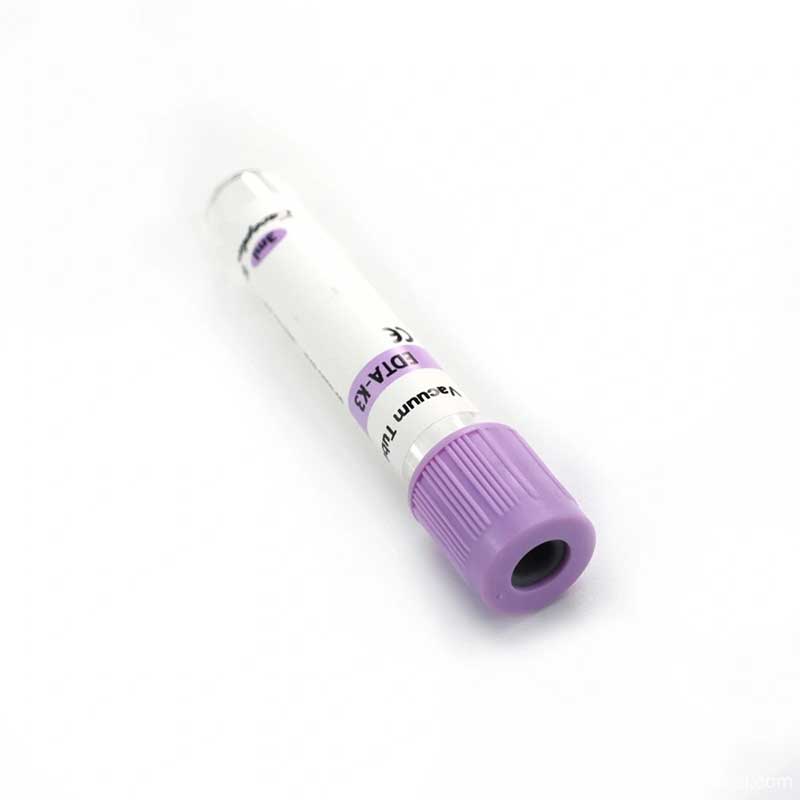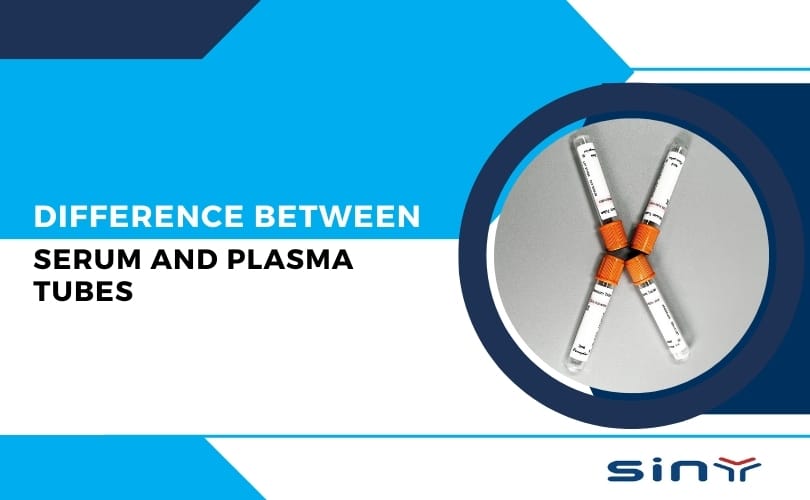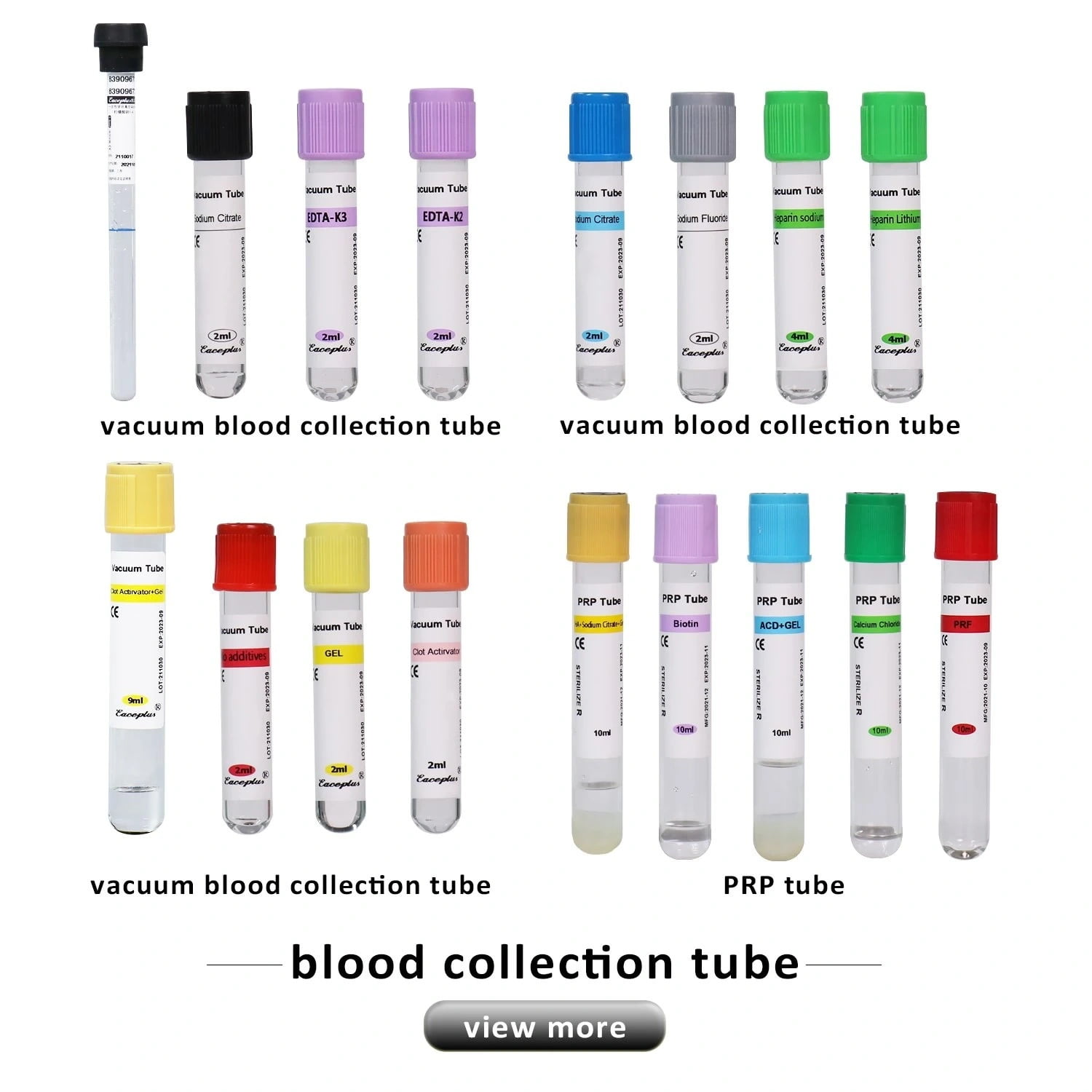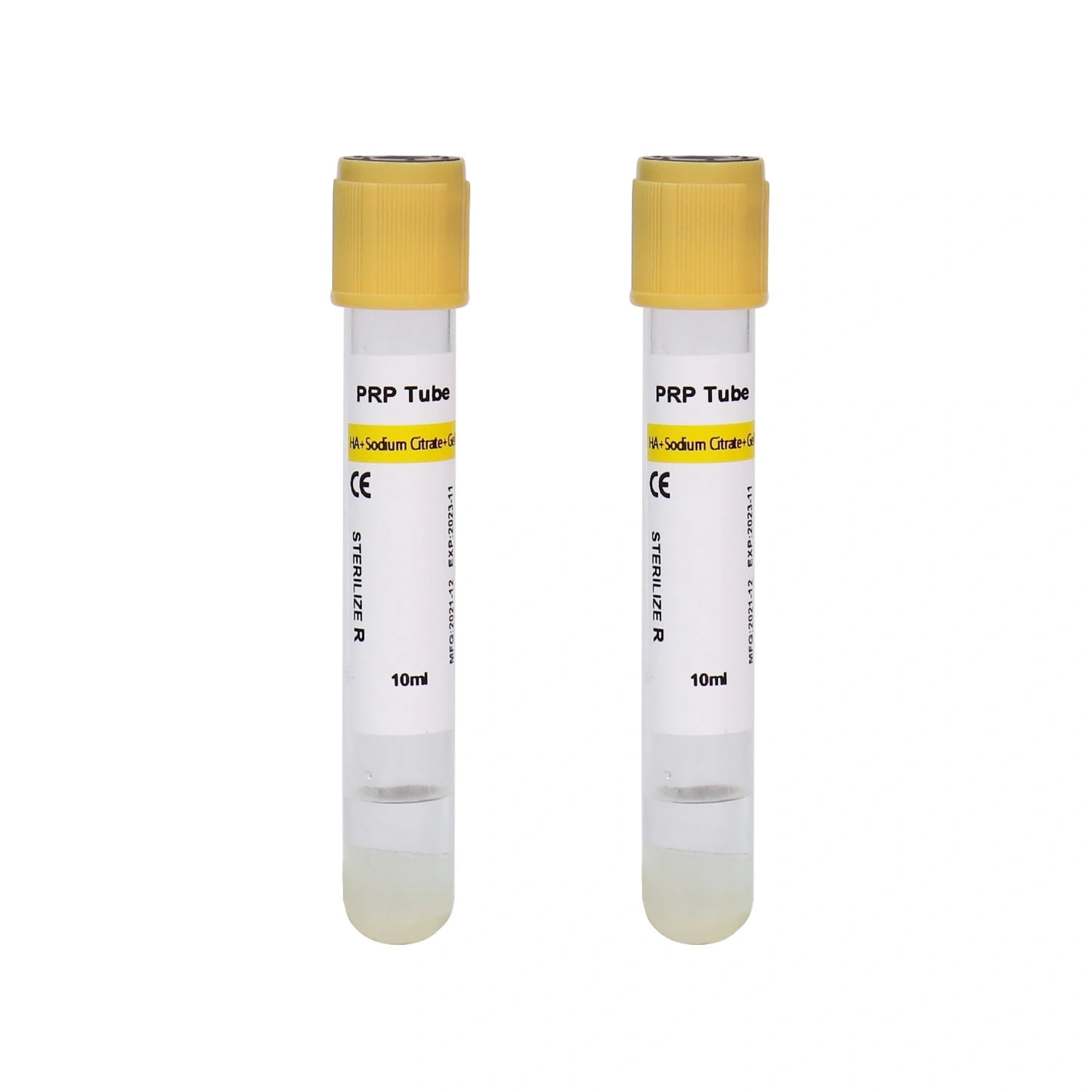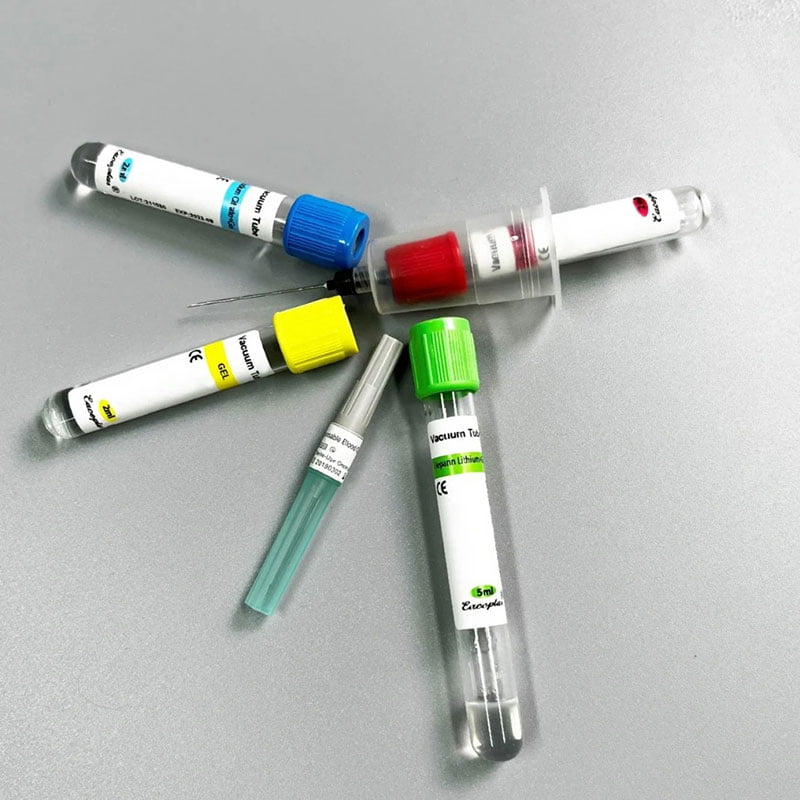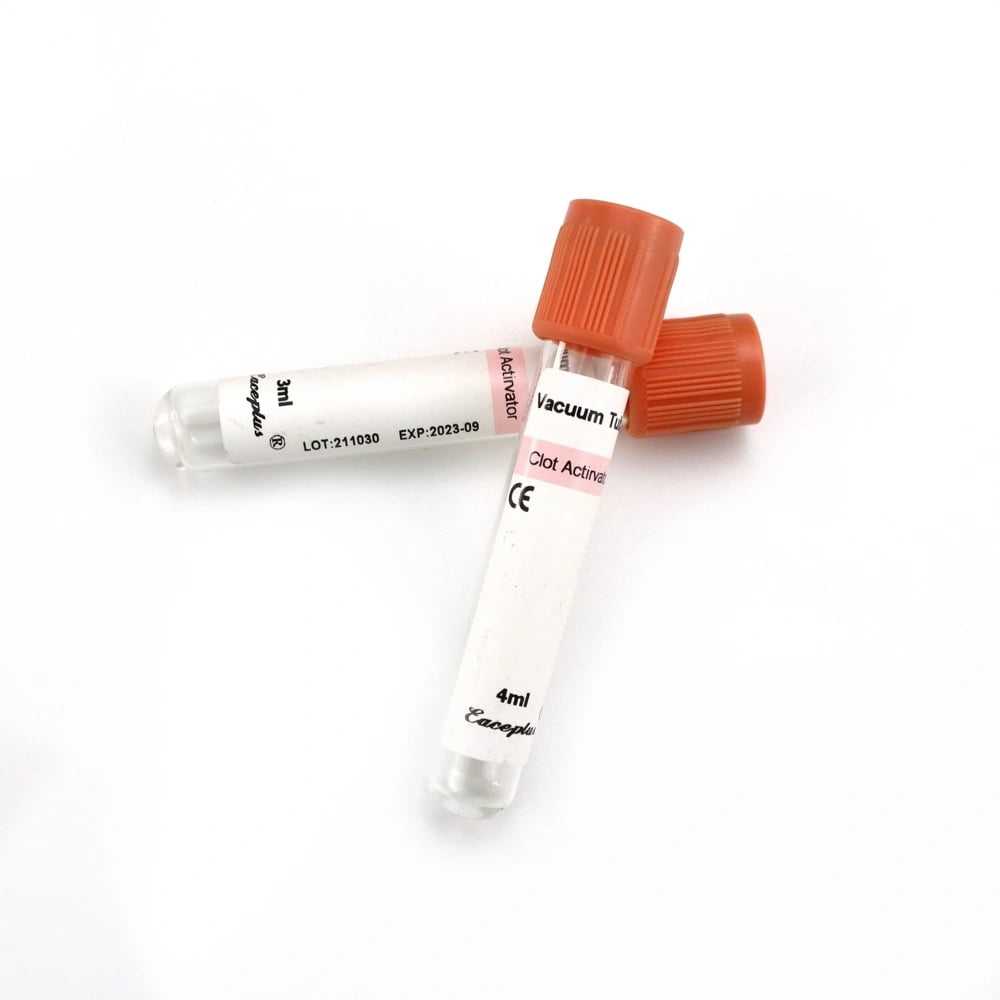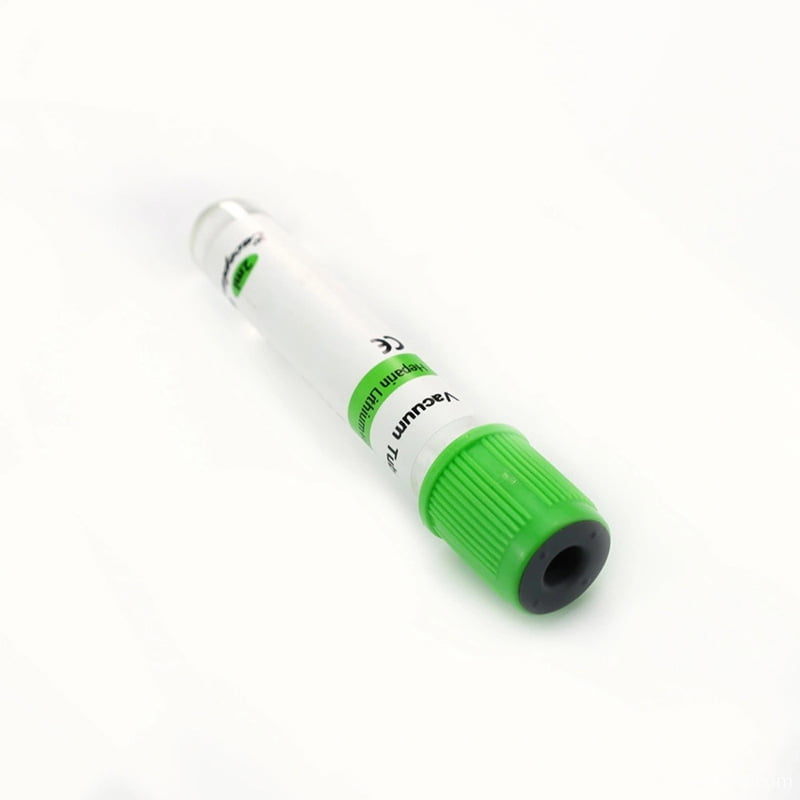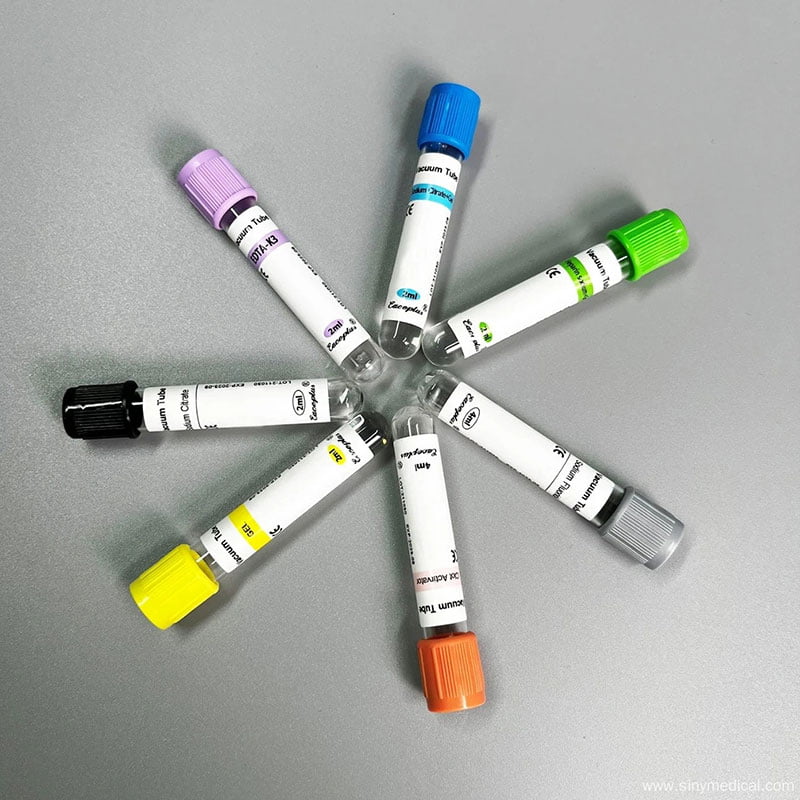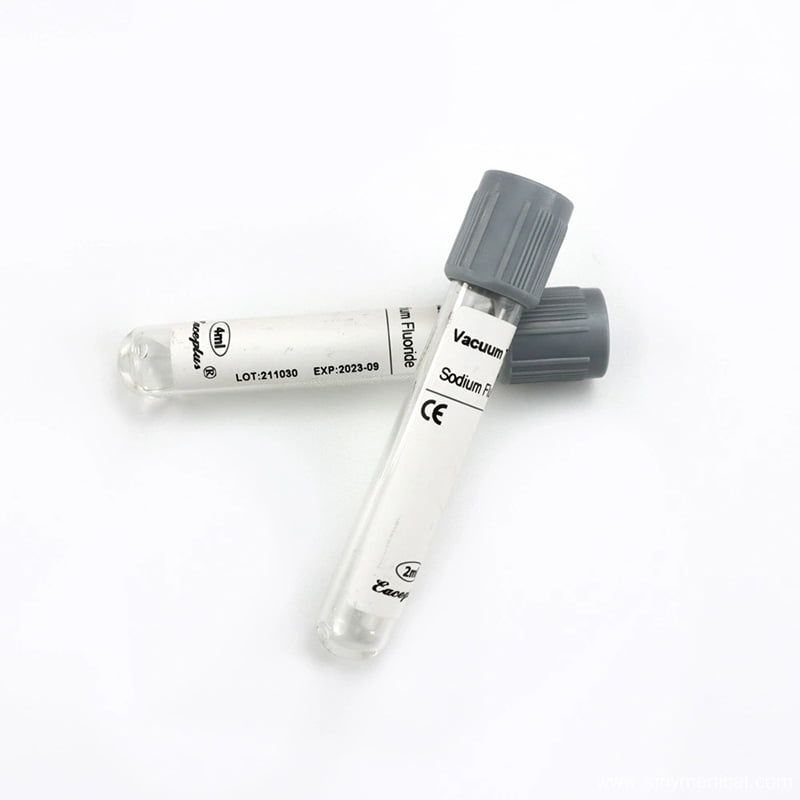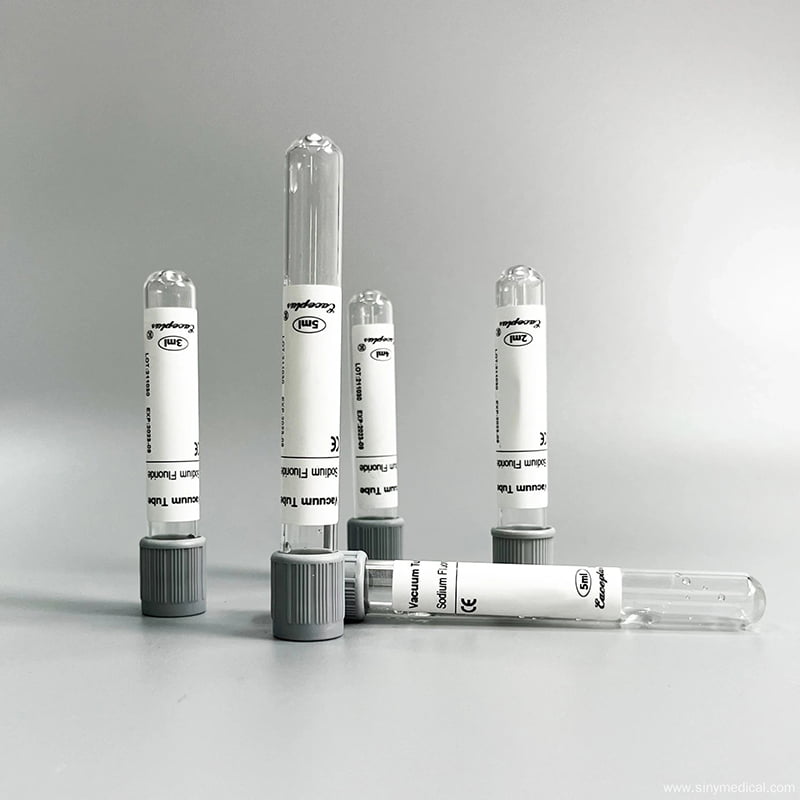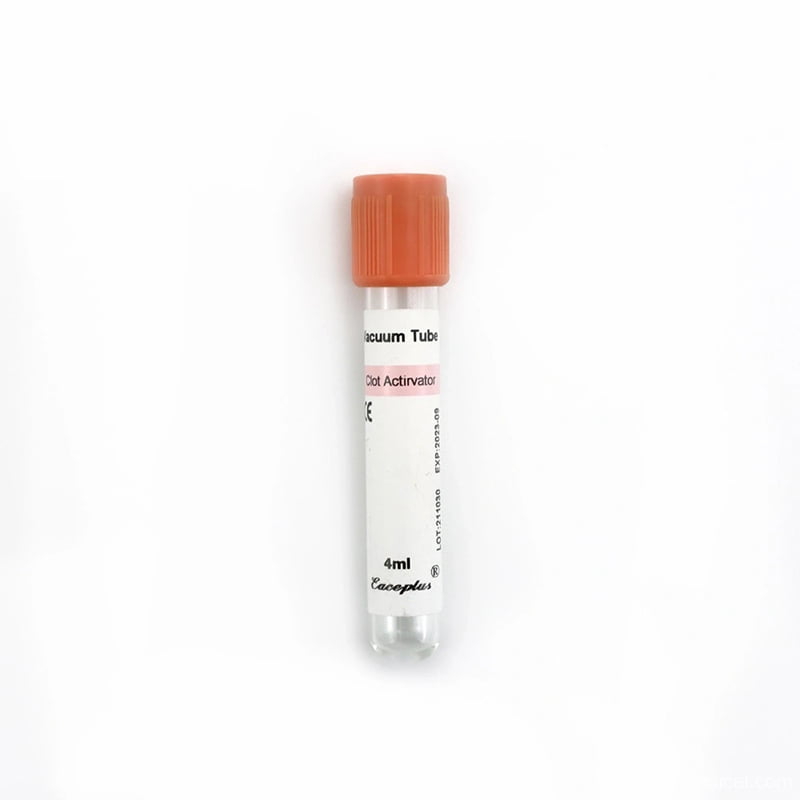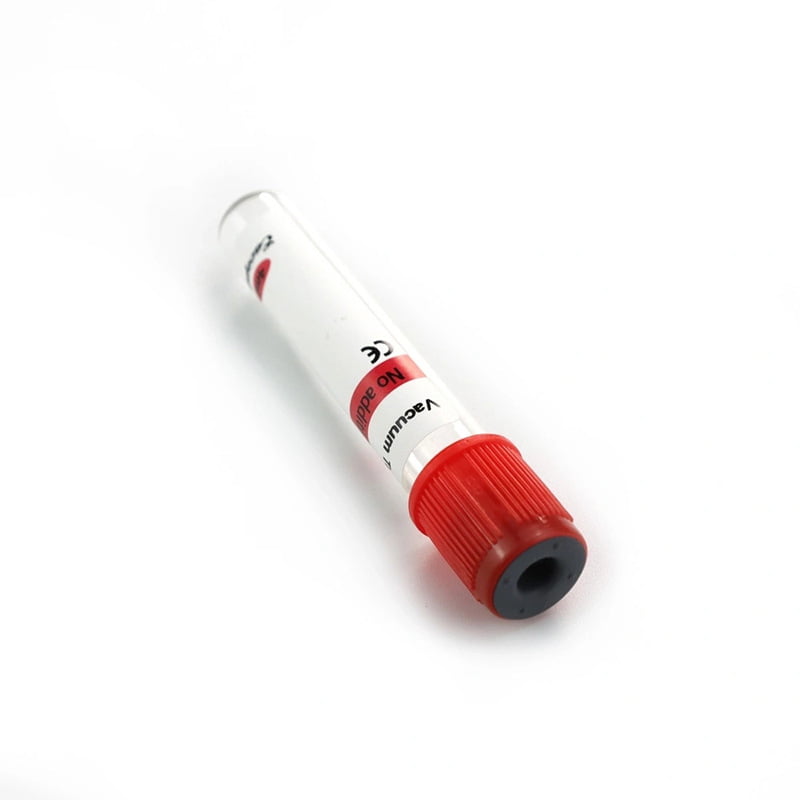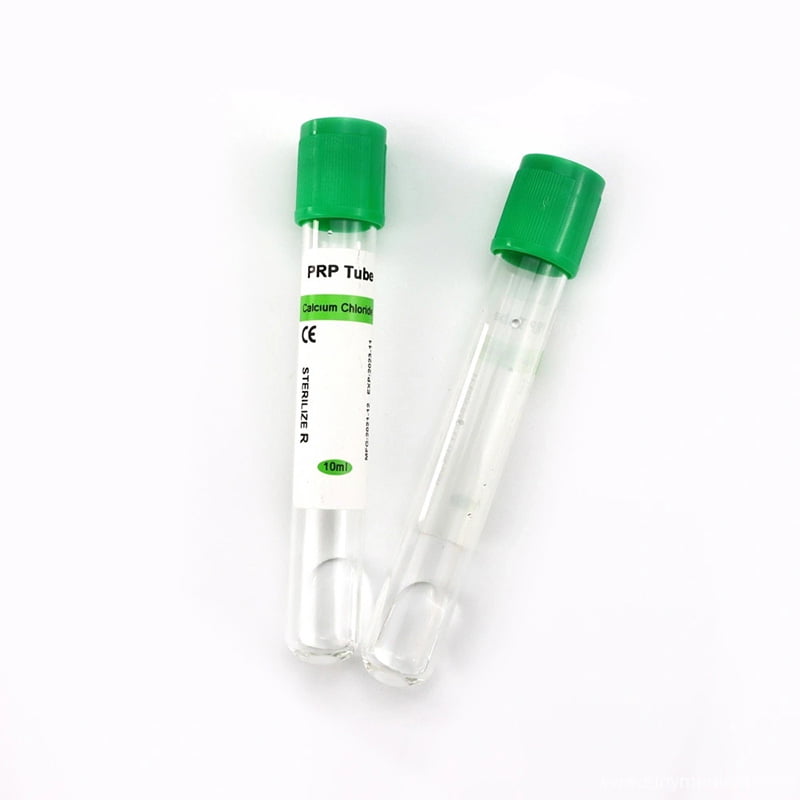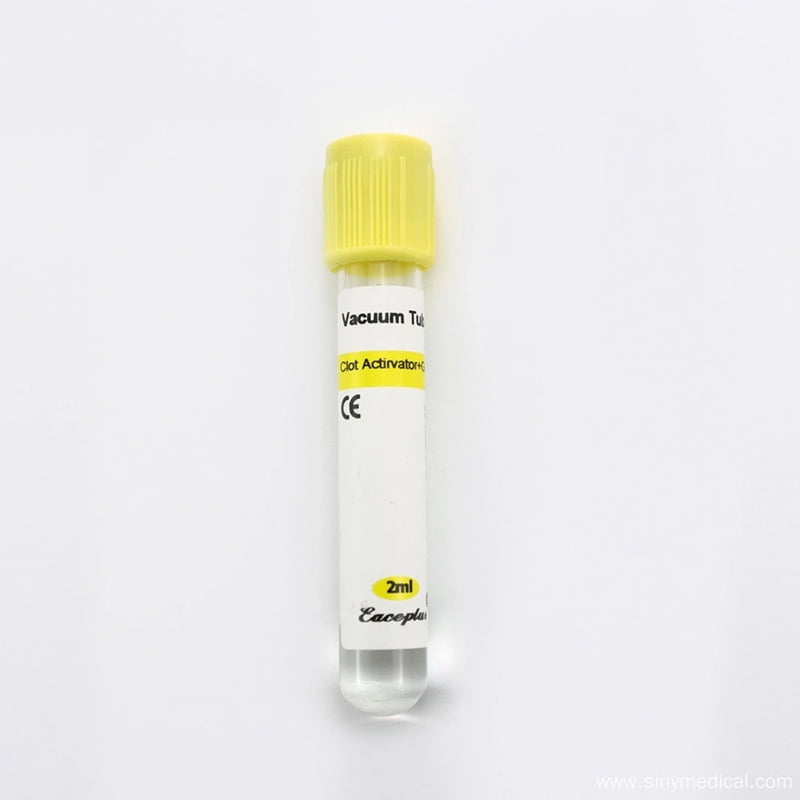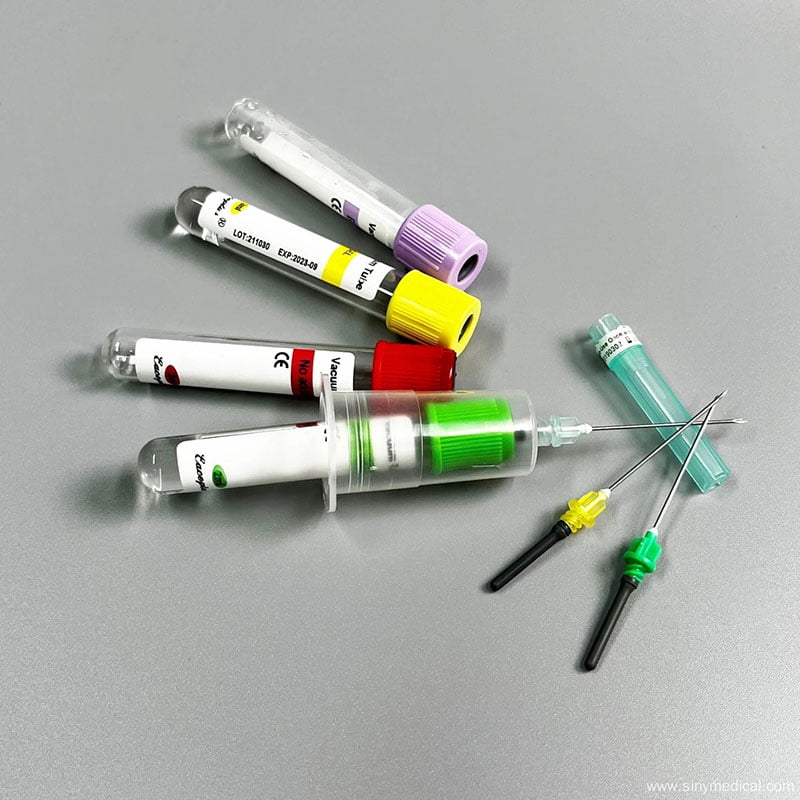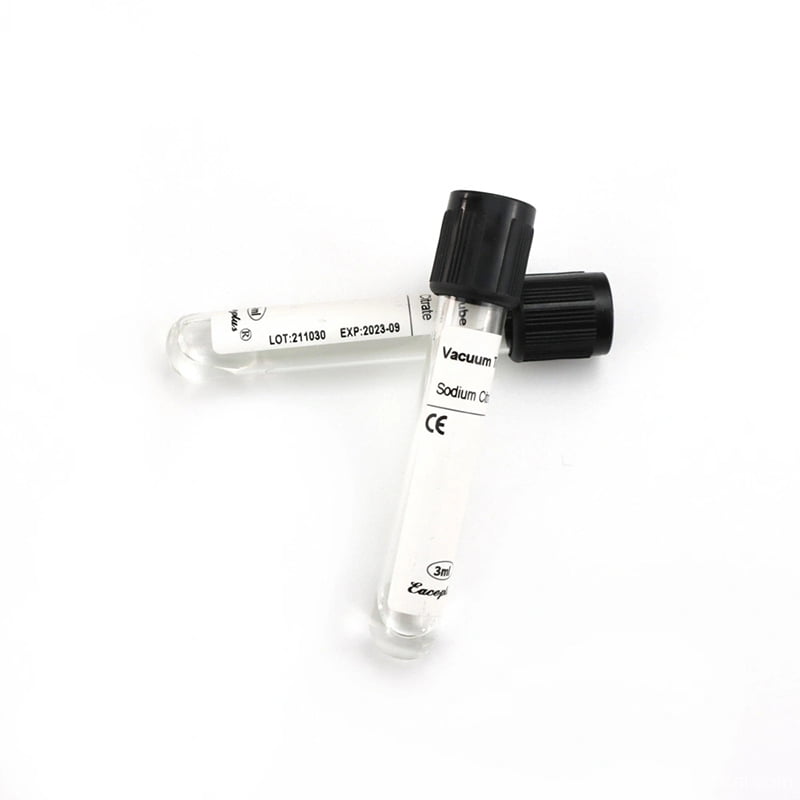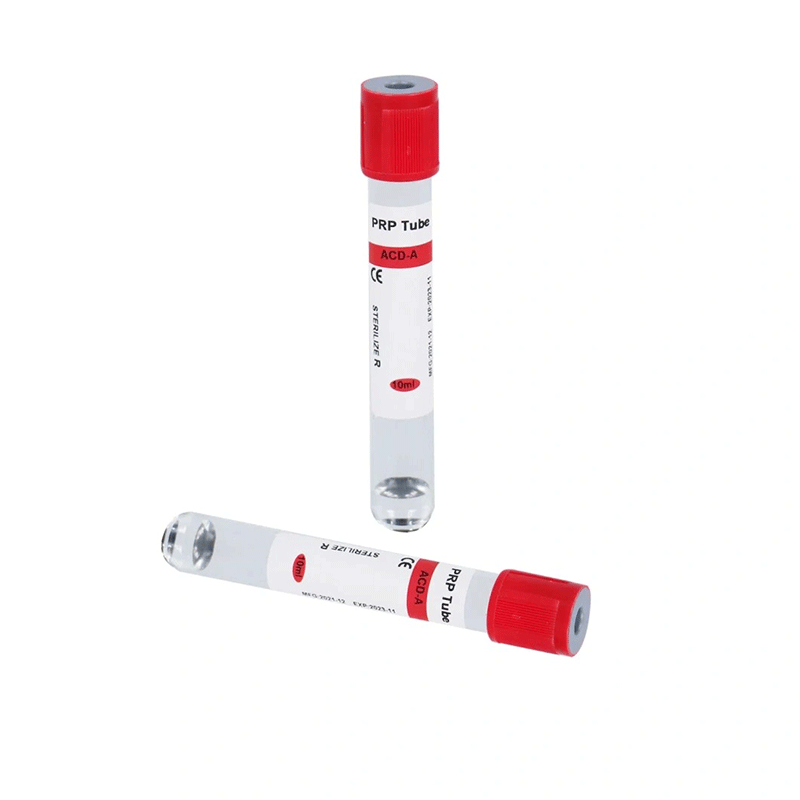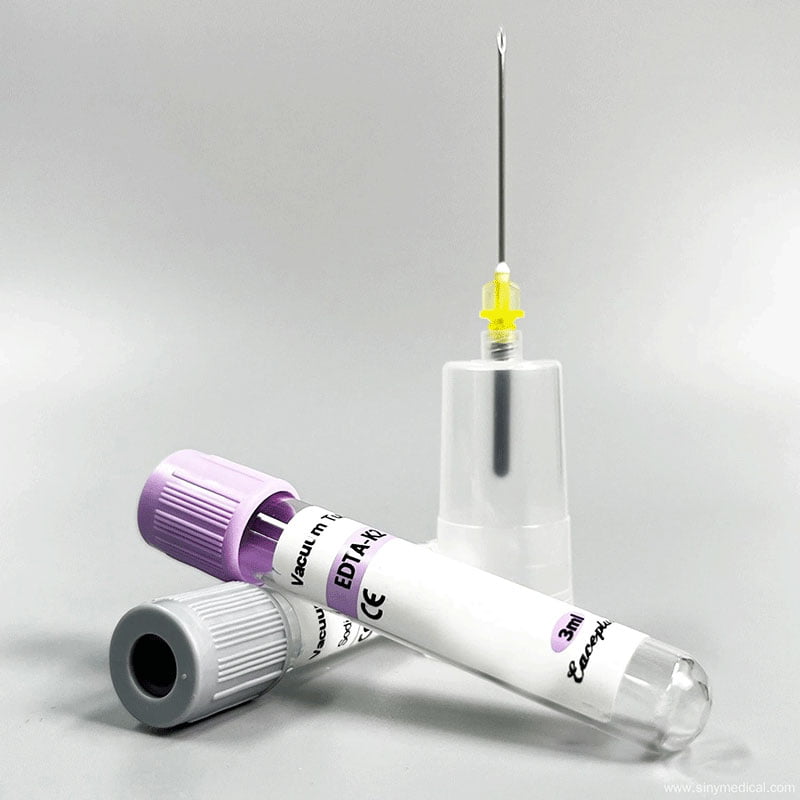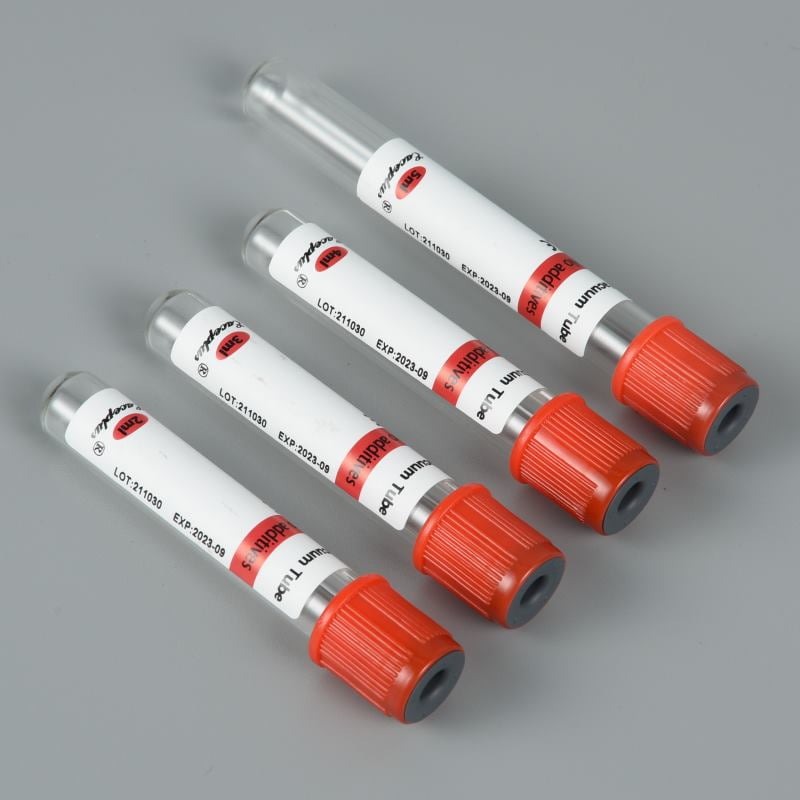Medical gloves protect patients and caregivers from spreading infection and illness during medical procedures and examinations. They are available in different materials, including latex, nitrile, and vinyl.
Medical gloves are essential personal protective equipment (PPE) used in healthcare settings to protect providers and patients from cross-contamination and infection. They come in various materials, sizes, and types, each designed for specific applications.
Table of Contents
What Are the Different Types of Medical Gloves?
Medical gloves are vital to the healthcare industry, ensuring hygiene, preventing cross-contamination, and protecting patients and professionals from infections. However, with so many medical gloves available, knowing which ones are best suited for your needs can be tricky. From latex to nitrile to vinyl, each type serves a unique purpose.
Why Are Medical Gloves Important?
Before diving into the types, understand why medical gloves are so crucial. Gloves act as a barrier to prevent the spread of infections and keep harmful pathogens away. Whether you’re a healthcare worker or someone using them for personal hygiene, choosing the correct glove is critical for safety and effectiveness.

Types of Medical Gloves
Latex Gloves: Durable and Comfortable
Latex gloves are made from natural rubber and have been the go-to option for decades. Known for their flexibility and comfort, they’re widely used in medical settings for procedures that require precision.
Key Features:
- Excellent elasticity and durability
- Provides a snug fit, offering great sensitivity
- Biodegradable (environmentally friendly)
Advantages:
- Ideal for tasks that demand precision and tactile sensitivity, such as surgeries
- Cost-effective
Disadvantages:
- Some individuals are allergic to latex
- Can degrade when exposed to oils or solvents
Best Uses:
- Surgical procedures
- Dental practices
- Laboratory work
Nitrile Gloves: The Latex-Free Alternative
Nitrile gloves are made from synthetic rubber and are perfect for individuals with latex allergies. They’ve grown in popularity due to their excellent durability and chemical resistance.
Key Features:
- Latex-free, making them hypoallergenic
- High resistance to punctures and chemicals
- Offers a snug fit, similar to latex gloves
Advantages:
- Extremely durable and resistant to tears
- Suitable for handling harsh chemicals
- Versatile for a variety of industries
Disadvantages:
- Can be more expensive than latex or vinyl gloves
Best Uses:
- Handling chemicals
- Emergency medical services (EMS)
- Cleaning and sanitation tasks
Vinyl Gloves: Affordable and Functional
Vinyl gloves are made from PVC (polyvinyl chloride) and are the most cost-effective option. They’re commonly used for tasks that don’t require high durability or precision.
Key Features:
- Smooth texture and looser fit compared to latex and nitrile
- Latex-free, reducing allergy risks
Advantages:
- Budget-friendly
- Suitable for short-term, low-risk tasks
Disadvantages:
- Less durable and prone to tearing
- Limited protection against chemicals and punctures
Best Uses:
- Food Handling
- General hygiene tasks
- Non-hazardous cleaning
Sterile Gloves: Protection for Invasive Procedures
Overview:
Sterile gloves, available in latex and nitrile, are specially designed for invasive medical gloves procedures. These gloves are individually packaged and sterilized to ensure maximum hygiene.
Key Features:
- Sterilized to eliminate bacteria and microorganisms
- Made with precise thickness, elasticity, and strength to suit medical surgical glove needs
- Available in multiple materials, such as latex and nitrile
Advantages:
- Ensures patient safety during surgical and invasive procedures
- Offers exceptional tactile sensitivity for precision tasks
Disadvantages:
- Higher cost due to the sterilization process
- Requires careful handling to maintain sterility
Best Uses:
- Surgical and invasive medical procedures
- Specialized medical treatments where sterility is essential
Differences Between Latex, Nitrile, Vinyl, and Sterile Gloves
| Feature | Latex Gloves | Nitrile Gloves | Vinyl Gloves | Sterile Gloves |
|---|---|---|---|---|
| Material | Natural rubber | Synthetic rubber | Polyvinyl chloride (PVC) | Latex or nitrile |
| Allergy Risk | May cause allergies | Latex-free | Latex-free | Varies based on material |
| Durability | High | Very high | Low | High |
| Cost | Moderate | Higher than latex | Budget-friendly | Higher than non-sterile |
| Best For | Precision tasks | Chemical resistance | Short-term general tasks | Invasive medical procedures |
How to Choose the Right Medical Gloves
When selecting medical gloves, you need to consider the following factors:
Purpose of Use:
- Are you performing a precise surgical procedure? Go for latex or nitrile.
- Need something for basic hygiene or food handling? Vinyl or polyethene gloves are sufficient.
Allergies:
If you or your staff are allergic to latex, opt for nitrile or vinyl gloves.
Durability Requirements:
- Tasks involving chemicals or puncture risks? Nitrile or neoprene gloves are your best bet.
- General cleaning or one-time use? Vinyl or polyethene gloves should work fine.
Budget Considerations:
- Vinyl and polyethene gloves are great options for cost-effective solutions.
- If durability and performance matter more than price, nitrile or latex or medical examination gloves are worth the investment.
Final Thoughts
Medical gloves are a cornerstone of safety in healthcare and other industries. By understanding the differences between latex, nitrile, vinyl, and sterile gloves, you can make informed choices that align with your needs and budget.
For durable and high-performance options, nitrile and latex gloves stand out. For general tasks, vinyl gloves provide an economical solution. And for sterile environments, nothing beats the precision and cleanliness of sterile gloves.
Looking for reliable medical gloves? Visit Sinymedical for high-quality options suited for all your needs.
FAQs About Medical Gloves
Which type of gloves is best for preventing allergies?
Nitrile and vinyl gloves are latex-free and hypoallergenic, making them ideal for individuals with latex sensitivities.
Can vinyl gloves be used for medical procedures?
Avoid using vinyl gloves for high-risk medical procedures because they offer lower durability and limited protection.
Are sterile gloves reusable?
No, sterile gloves are single-use only to maintain their sterility and protect medical gloves both patients and healthcare professionals.
Why are nitrile gloves more expensive than other types?
Nitrile gloves are more durable, resistant to chemicals, and hypoallergenic, making them a premium option compared to latex or vinyl gloves.
Are nitrile gloves better than latex gloves?
Nitrile gloves are better for those with latex allergies and provide superior chemical resistance. However, latex gloves are more elastic and cost-effective for non-chemical applications.

